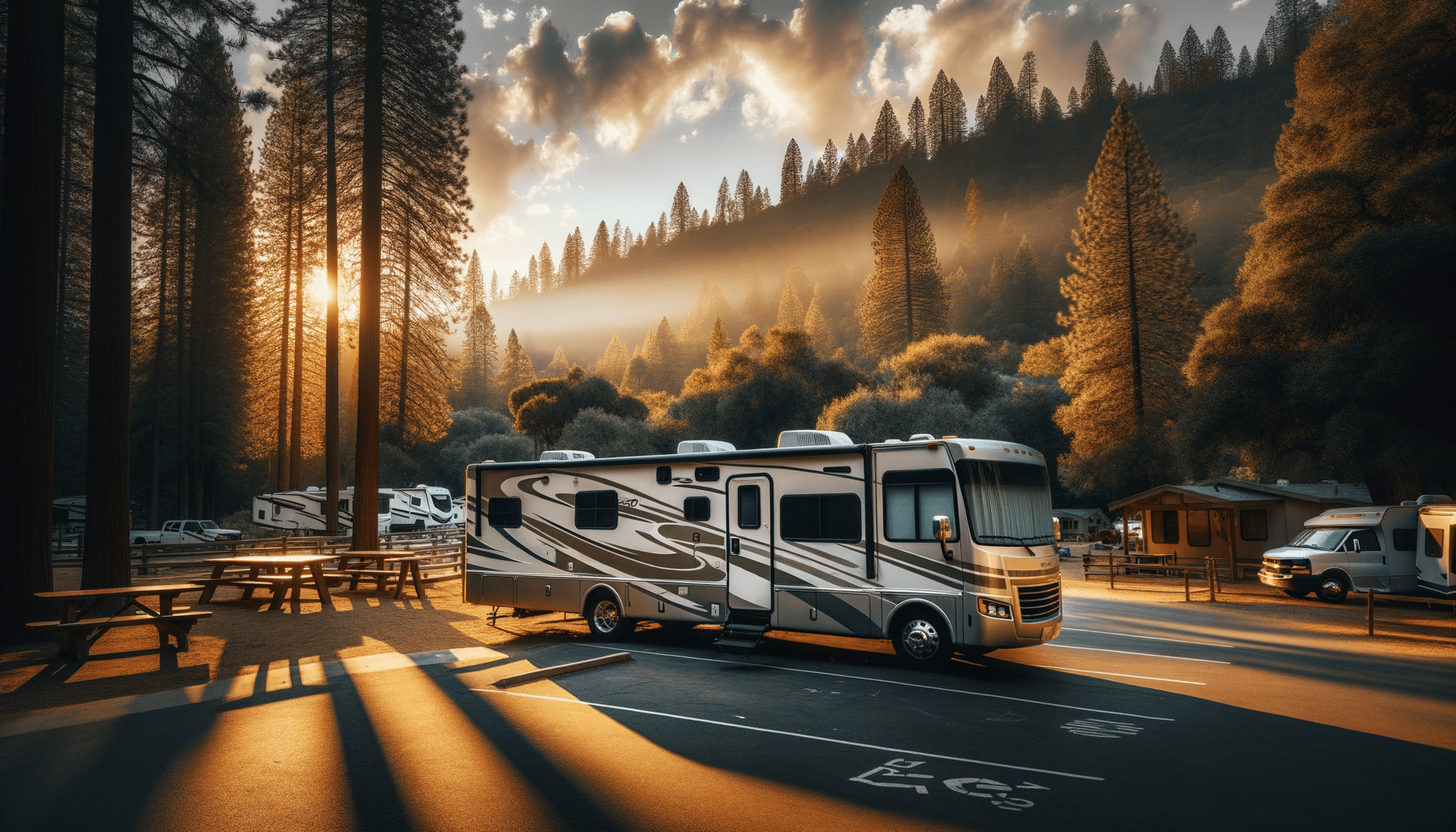
What Most RV Owners Miss When Estimating Its Value
Introduction: Understanding RV Value Estimation
Recreational Vehicles (RVs) are more than just vehicles; they are a lifestyle choice for many. However, when it comes to estimating the value of an RV, owners often overlook several critical aspects. This article aims to explore these overlooked factors and provide insights into how RV owners can better estimate the true value of their vehicles. Understanding these nuances not only helps in making informed buying or selling decisions but also ensures that owners are getting the most out of their investment.
Depreciation: The Unseen Cost
One of the primary factors that RV owners tend to miss is the depreciation value of their vehicle. Unlike traditional vehicles, RVs depreciate at a faster pace, which significantly impacts their resale value. Many owners are surprised to find that their RV loses a substantial portion of its value within the first few years of purchase. This is particularly true for newer models, where depreciation can be as high as 20% in the first year alone.
To better estimate the value of an RV, owners should consider:
- The age of the RV: Older models tend to depreciate slower than newer ones.
- The brand and model: Some brands hold their value better than others.
- Market trends: Economic factors and consumer demand can influence depreciation rates.
By understanding these elements, RV owners can have a more realistic expectation of their vehicle’s worth over time, allowing them to plan for future sales or trade-ins more effectively.
Condition and Maintenance: The Silent Value Adders
While depreciation is a significant factor, the overall condition and maintenance history of an RV play a crucial role in its valuation. Regular maintenance not only extends the life of the vehicle but also enhances its resale value. Prospective buyers are often willing to pay a premium for well-maintained RVs that come with detailed service records.
Key areas to focus on include:
- Engine and mechanical systems: Regular checks and timely repairs can prevent major issues.
- Interior and exterior condition: Cleanliness, repairs, and upgrades can add significant value.
- Up-to-date features: Modern amenities and technology can make an RV more appealing.
By keeping an RV in top condition, owners not only enjoy a better travel experience but also ensure a higher return on investment when it’s time to sell.
Market Demand: Timing Is Everything
Another aspect that is often underestimated is the impact of market demand on RV value. Seasonal trends, economic conditions, and consumer preferences can all influence the demand for RVs, thus affecting their value. For instance, during peak travel seasons, the demand for RVs typically increases, leading to higher resale values.
To capitalize on market demand, RV owners should:
- Monitor industry trends: Stay informed about the latest market developments and consumer interests.
- Plan sales strategically: Consider selling during high-demand periods to maximize value.
- Understand regional differences: Demand can vary significantly depending on location.
By aligning the sale of their RV with favorable market conditions, owners can significantly enhance the potential resale value of their vehicle.
Conclusion: Enhancing RV Value Estimation
In conclusion, estimating the value of an RV requires a comprehensive understanding of various factors, including depreciation, condition, maintenance, and market demand. By being aware of these elements, RV owners can make more informed decisions, ensuring that they maximize the value of their investment. Whether you’re looking to sell, trade-in, or simply understand your RV’s worth, taking these factors into account will provide a clearer and more accurate estimation of its value.


